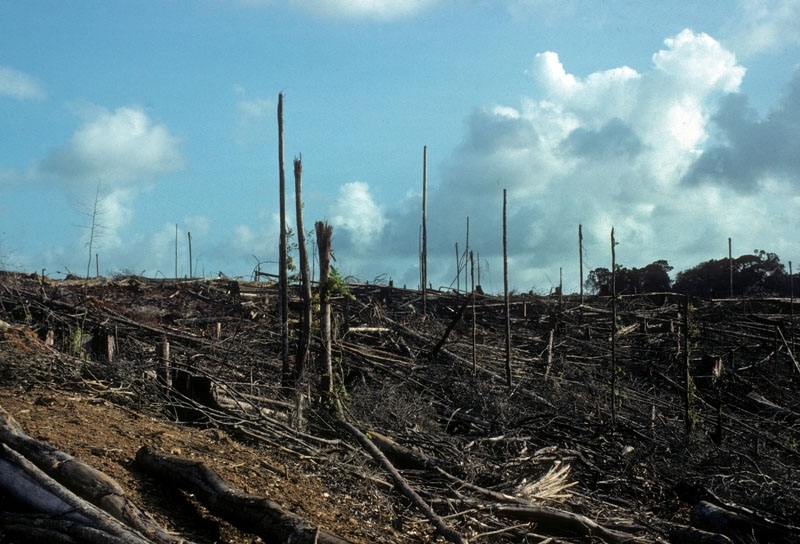Simon Black –
In recent years it has become clear that fast action is often required to save threatened species. This is important because even if sometimes we might prefer to think about options, make grand plans or gather scientific evidence, circumstances might not give us that luxury (Martin et al. 2012).
The only way to know the answer to ‘what must we do now?’ is to have a clear PURPOSE in our work (Black, 2015). For example, if we need to save the orange bellied parrot, then what we must do today is something concrete in line with that mission; if emergency action is required (such as bringing wild individuals into protective captivity for an accelerated breeding programme), then that must be carried out. By contrast, if conservation managers decide to conduct monitoring and devise a recovery plan they must consider…WHAT WILL MONITORING AND PLAN CREATION DO TO RECOVER THE SPECIES NOW?
The Panamanian golden frog is one example where extreme measures were taken (removing all individuals from the wild to evade fatal chytridiomycosis infection) simply to save the species (Gagliardo et al., 2008).
Of course, the action itself must be purposeful. The capture in 1980 and care of the juvenile male Yangtze river dolphin (or Baiji) known as Qi-Qi did not progress to become a breeding programme, despite a female being captured in 1996. The male died alone in captivity in 2002, and the species was considered extinct by 2007 (Turvey et al., 2007). The purpose of Qi-Qi’s capture appears to have been to act as an ambassador (i.e. an exhibit) of the species rather than to save the species itself.
One must identify the correct purpose of work in order for that work to serve the right system (i.e. the species and its ecosystem), not a corporation, or an NGOs publicity machine, nor a person’s career, nor a particular political system, nor a university’s research programme.
Reading:
Black S. A. (2015) A clear purpose is the start point for conservation leadership. Conservation Letters, 8(5), 383–384. doi: 10.1111/conl.12203
Gagliardo, R., Griffith, E., Mendelson, J., Ross, H., and Zippel, K. (2008). “The principles of rapid response for amphibian conservation, using the programmes in Panama as an example”. International Zoo Yearbook 42 (1): 125–135.
Martin, T. G., Nally, S., Burbridge, A. A., et al. (2012). Acting
fast helps avoid extinction. Conservation Letters, 5, 274-280.
Turvey, Samuel T.; Pitman, Robert L.; Taylor, Barbara L.; Barlow, Jay; Akamatsu, Tomonari; Barrett, Leigh A.; Zhao, Xuijiang; Reeves, Randall R.; Stewert, Brent S.; Wang, Kexiong; Wei, Zhuo; Zhang, Xianfeng; Pusser, L.T.; Richlen, Michael; Brandon, John R. & Wang, Ding (August 7, 2007). “First human-caused extinction of a cetacean species?”. Biology Letters (Royal Society Publishing) 3 (5): 537–40. doi:10.1098/rsbl.2007.0292

